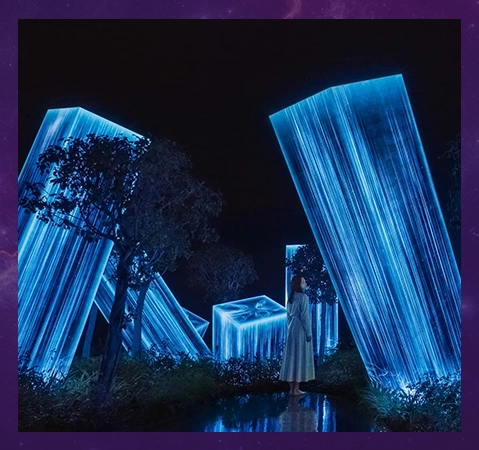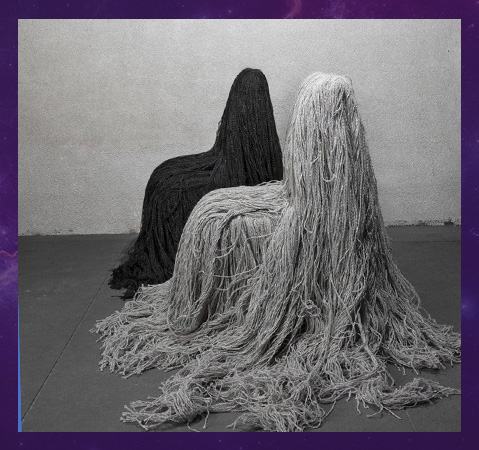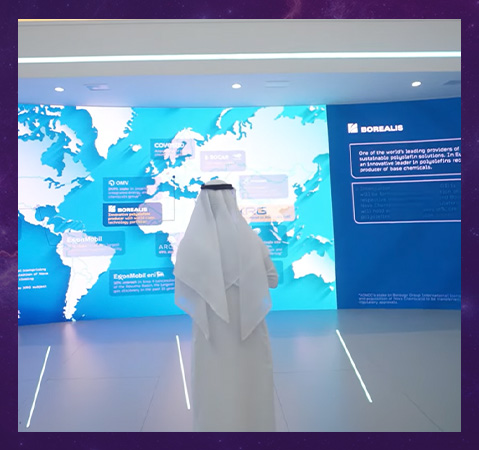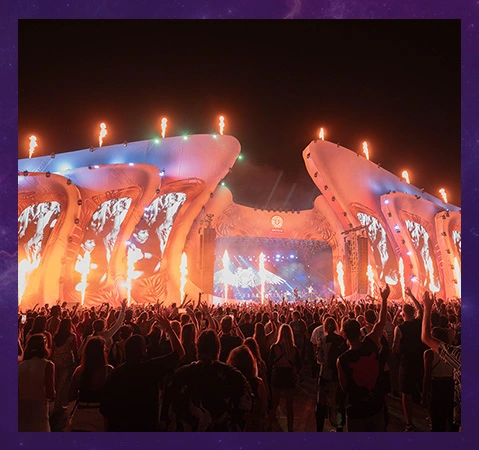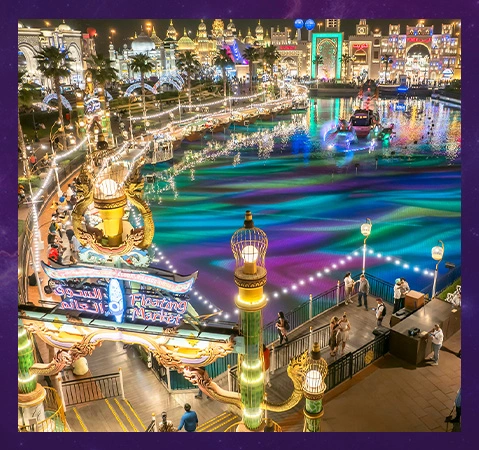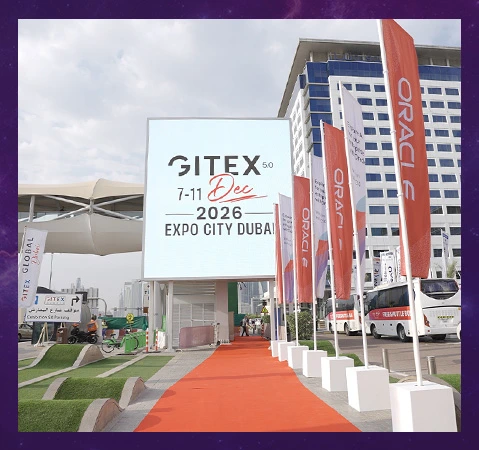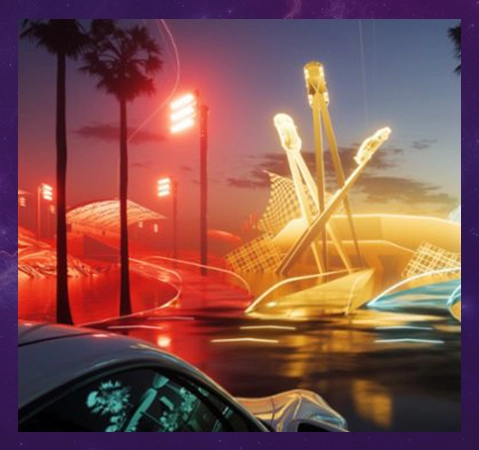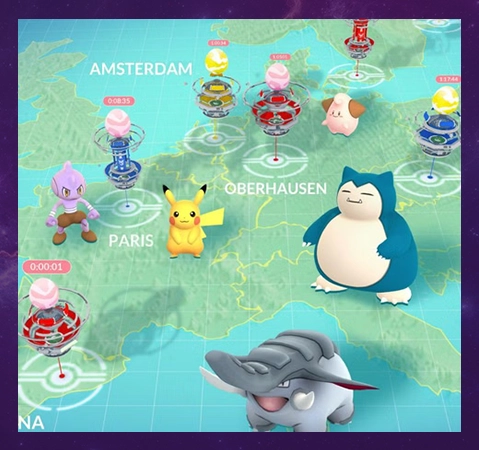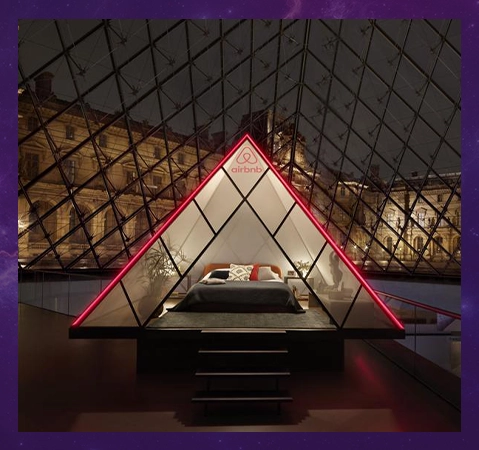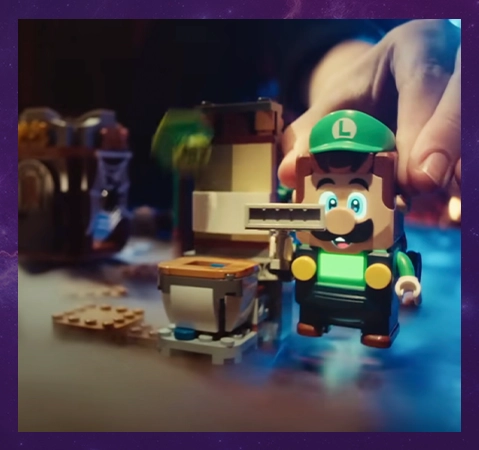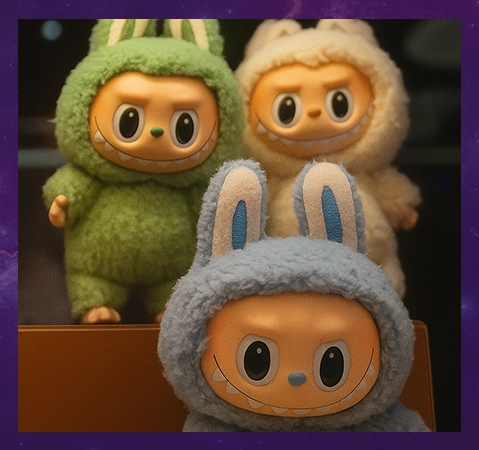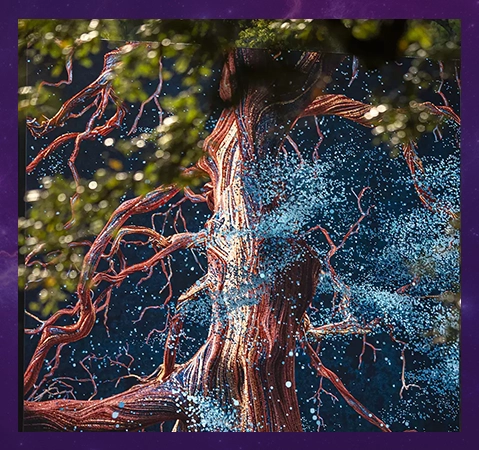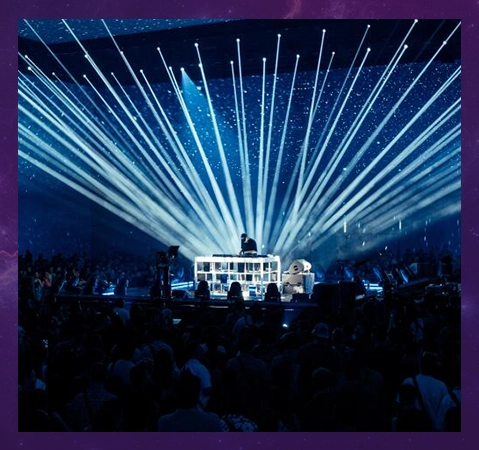
The Neuroscience of Immersive Event Technology: How Sensory Design Shapes Emotions and Engagement
share

Picture yourself entering an event where every element—lighting, sound, textures—seems perfectly orchestrated to evoke feelings and guide your emotional responses. This is the magic of event technology. In an era where attention spans are dwindling, event technology has become a vital tool in crafting immersive, multisensory experiences that forge deeper emotional connections between brands and their audiences. It goes beyond simply showcasing the latest tech; it's about leveraging scientific principles to trigger emotions that drive engagement and impact decision-making.
Interactive installations, kinetic elements, and dynamic lighting are no longer just supplementary features; they’ve become pivotal in shaping event design. These technological components significantly affect how participants feel, influencing their emotions and behaviors in profound ways. Whether it's the calming influence of gentle lighting or the surge of excitement brought on by motion-activated displays, event technology taps into the brain's instinctive reactions to various stimuli, harnessing them to foster an emotional bond with the audience.
For event planners, particularly those working with agencies in the UAE, incorporating advanced event technology into their strategies is crucial for success. Recognizing how factors like color, sound, and interactive features impact human emotions is essential for creating experiences that not only captivate but also prompt action. In this article, we will delve into how event technology, with its intricately crafted sensory elements, can elicit emotional responses that boost brand engagement, strengthen audience connections, and enhance the overall event experience.
How Sensory Inputs Trigger Emotional Connections Through Event Technology
Event technology provides a unique way to engage attendees' emotions by activating their sensory responses. The brain is especially responsive to stimuli such as sight, sound, and touch, which can trigger a range of emotions and cognitive reactions. Understanding the science of how these sensory inputs affect the brain is essential for utilizing event technology to create powerful emotional connections with participants.

One striking example of this is the Rain Room in Sharjah, where motion sensors control a rainfall experience. Visitors walk through the installation, surrounded by rain but remaining dry. This paradox creates a sense of wonder, awe, and even control over the environment. Such multisensory experiences evoke strong emotional reactions, giving event planners the ability to shape the atmosphere and influence attendee behavior in real-time.
In addition to motion and touch, the psychology of color plays a significant role in emotional responses. Colors like red and orange are known to stimulate excitement and energy, while shades of blue and green tend to promote calmness and relaxation. By using lighting and colors intentionally, event planners can curate an environment that aligns with the specific goals of the event, whether that’s fostering excitement or building trust. The integration of motion and interactive technology further strengthens the emotional bond, leading to more engaged attendees.
By understanding the neuroscience of emotional responses, event planners can skillfully harness event technology to evoke the right emotional states, deepen brand connections, and create memorable, impactful experiences.
The Emotional Influence of Colors and Lighting in Event Design
Color and lighting are potent forces that shape human emotions and play a pivotal role in event design. With the help of event technology, planners can meticulously control these visual elements to craft the perfect emotional atmosphere, enriching the overall experience for attendees.
Different colors evoke specific emotional responses. For example, vibrant hues like red and yellow are energizing and exciting, making them ideal for product launches or events aimed at generating high energy. On the other hand, calming shades such as blue and green are often used for corporate events, wellness activities, or settings where trust and relaxation are key. Lighting amplifies these effects, with tools like projection mapping and dynamic lighting shifts adding layers to the experience. Additionally, interactive lighting that adjusts to attendee movement personalizes the emotional experience, enhancing engagement and connection.
For event planners, understanding the emotional triggers tied to color and lighting, and how to harness event technology to manipulate these elements, is essential in creating an environment that resonates with the event’s objectives and the audience’s emotions.
SOMA: Using Interactive Installations to Challenge Perception and Elicit Deep Emotional Responses

The SOMA exhibition by Carsten Höller at Hamburger Bahnhof in Berlin is a striking example of how event technology can alter human perception and generate profound emotional responses. Drawing inspiration from the ancient Vedic concept of Soma, a plant believed to induce altered states of consciousness, Höller’s installation blended nature with human interaction to blur the boundaries between reality and perception.
In SOMA, visitors were invited to stay in a "floating hotel," designed like a giant mushroom, and consume a drink made from reindeer urine, derived from reindeer that ate a particular mushroom thought to produce mind-altering effects. The experience included live reindeer, canaries, and other animals, creating an immersive, interactive environment that intensified the surreal nature of the installation. As guests engaged with the experience, they encountered unsettling sensations and perceptions that evoked a wide range of emotions, from curiosity and wonder to confusion and even paranoia.
Unlike traditional event technology, which typically relies on visual and auditory stimuli, SOMA used a multisensory approach, incorporating organic materials and living creatures to engage the participants in an entirely new way. This immersive experience altered the way visitors perceived their surroundings, triggering complex emotional responses.
For event planners, SOMA is a powerful reminder that emotional reactions aren't solely dictated by conventional sensory inputs like light or color. More intricate, immersive experiences that challenge perception can create deep emotional impacts, making an event truly unforgettable and mentally stimulating.
Harnessing Nature's Wisdom: The Impact of Biomimicry in Event Technology

Event technology inspired by nature is transforming the way immersive, interactive environments are created. Biomimetic installations, which emulate living systems, offer experiences that respond to human interaction in ways that feel natural and organic. These installations utilize advanced technologies like sensors, robotics, and AI to simulate lifelike behaviors, creating dynamic and responsive environments.
A prominent example of biomimetic technology in event design is Philip Beesley’s biometric installations. These kinetic structures, crafted from lightweight, flexible materials inspired by nature, move and evolve in response to human interaction, offering attendees a living, breathing experience. These installations embody the concept of nature-inspired design, where technology meets organic movement, making every moment of the experience unique and personalized.
A notable example in the event technology world is Gyroscope, a 4.2-meter kinetic structure designed by Sentient By Elysian (SBE), a leading event technology agency in Dubai. Inspired by the qanun drum, Gyroscope merges light, motion, and engineering brilliance. It features rotating LED rings and a pulsating LED globe at its center, creating mesmerizing visual effects. Gyroscope responds to movement and interaction, elevating brand storytelling and live performances, ensuring that attendees are fully immersed in the experience.
Sentient by Elysian is known for pushing the boundaries of experiential marketing by creating interactive booths and immersive environments. Their expertise in integrating technologies such as AI, sensors, and projection mapping allows for the creation of spaces that adapt to and engage visitors in real-time. At LEAP 2025, SBE, alongside Lean Business and Al Moammar Information Systems Co. (MIS), showcased their groundbreaking work, offering technology-driven experiences that redefine traditional event design. Their innovations, like the Hologram Experience and Interactive LED Wall, further solidified their reputation as leaders in experiential marketing by delivering personalized, engaging environments that captivate audiences.
Soundscapes and Their Emotional Power in Event Technology
Sound is one of the most influential emotional triggers in event technology, capable of evoking a wide range of feelings, from excitement and thrill to calm and tranquility. Neuroscience has shown that sound directly impacts the brain's emotional centers, making it a crucial tool for event planners looking to create an atmosphere that resonates with attendees.
In event design, soundscapes can be used to enhance key moments, guide transitions, or amplify the emotional tone of the event. For instance, a high-energy, fast-paced soundtrack might be employed during a product launch to build excitement, while a soothing, ambient soundscape could foster relaxation at a wellness retreat. When combined with other sensory elements like lighting and interactive features, sound becomes an even more powerful tool in crafting a fully immersive environment that connects deeply with the emotions of the audience.
Interactive sound installations, along with carefully curated background music, play a vital role in shaping the emotional journey of attendees. Understanding how sound influences emotions allows event planners to create engaging and impactful experiences that linger long after the event concludes.
In Essence:
To conclude, event technology has reshaped how brands engage with audiences by creating immersive, multisensory experiences that evoke profound emotional responses. By strategically using elements like colors, lighting, sound, and interactive installations, event planners can design environments that captivate attendees on a deeper level, influencing their emotions and behaviors.
Leveraging the latest advancements in technology and understanding the science behind emotional responses, event professionals can craft memorable experiences that not only capture attention but also inspire action. As the industry continues to evolve, the integration of innovative technologies will open up even more possibilities for brands to form lasting, meaningful connections with their audiences, elevating the overall event experience.



